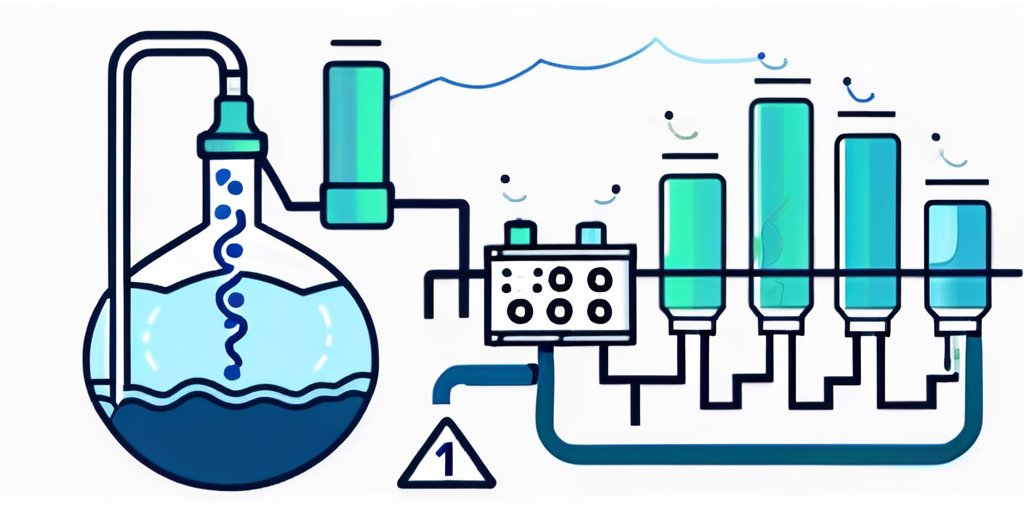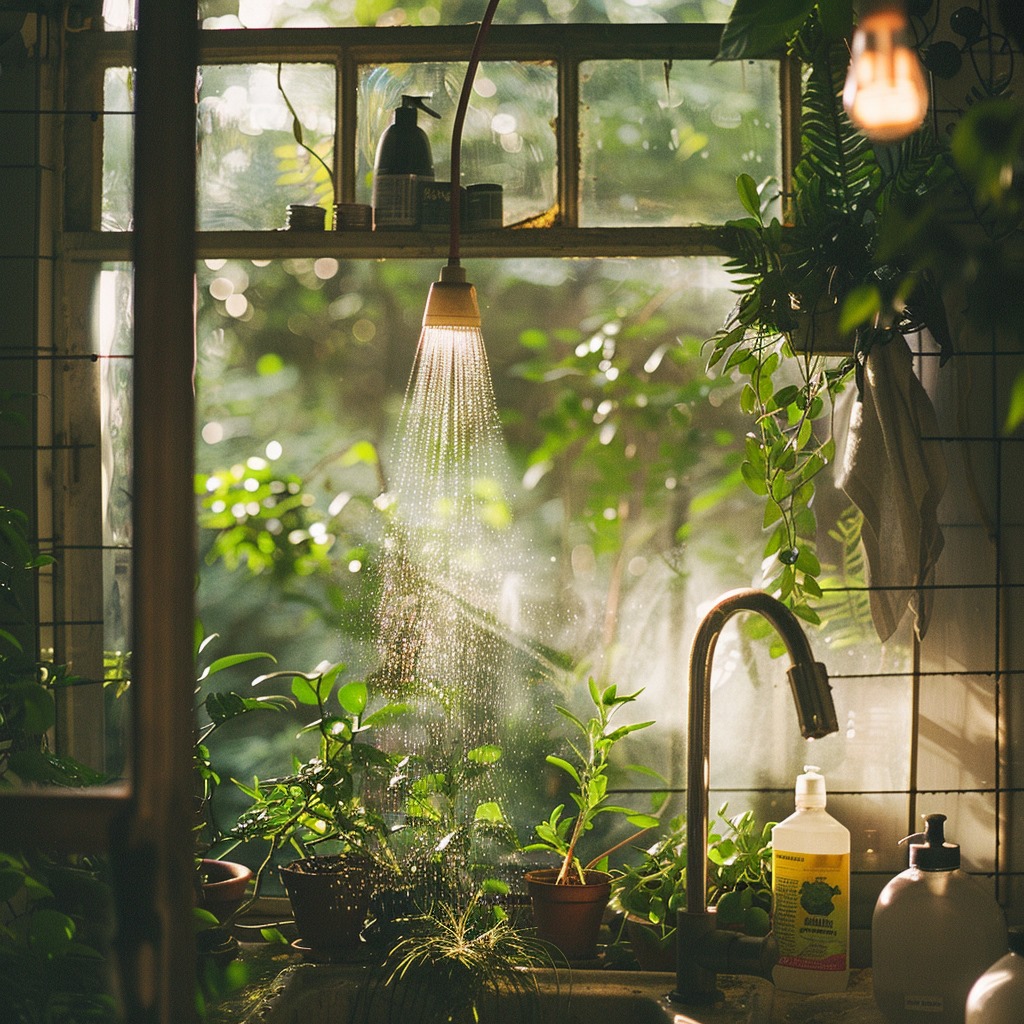Water is a precious resource that should never be taken for granted. With the global water crisis and the environmental impact of water waste becoming more evident, individuals must understand the importance of water conservation and take practical steps to save water in their daily routines. In this article, we will explore various ways to conserve water, from simple tips you can implement immediately to more advanced techniques and strategies. By following these suggestions, you can contribute to a sustainable future and make a positive impact on the world.
Understanding the Importance of Water Conservation
The world is facing a severe water crisis, with many regions experiencing water scarcity. Population growth, urbanization, and climate change are major factors contributing to this crisis. By conserving water, you can help alleviate the pressure on water resources and ensure access to clean water for future generations.
Environmental Impact of Water Waste
Water waste has significant environmental implications. Excessive water use depletes natural water sources, damages ecosystems, and disturbs the balance of nature. By reducing water waste, you can protect aquatic habitats, conserve energy associated with water treatment, and preserve the overall ecological integrity of our planet.
Economic Benefits of Saving Water
Conserving water is not only beneficial for the environment but also for your wallet. By adopting water-saving habits, you can reduce your water bill and save money in the long run. Additionally, water-efficient practices can also lead to lower energy bills, as pumping and treating water requires a substantial amount of energy.
Furthermore, water conservation efforts can have positive economic ripple effects. For instance, investing in water-saving technologies and infrastructure can create job opportunities in the water management sector. As more people become aware of the importance of water conservation, there is an increasing demand for professionals who specialize in water resource management, water treatment, and sustainable irrigation practices.
In addition to the economic benefits, water conservation can also enhance the quality of life in communities. When water resources are properly managed and conserved, it ensures a reliable supply of clean water for various purposes, such as drinking, sanitation, agriculture, and industrial activities. This, in turn, promotes public health, food security, and economic development in both urban and rural areas.
Practical Water-Saving Tips for Your Daily Routine
In the Bathroom
The bathroom is one area where a considerable amount of water is often wasted. Start by installing low-flow showerheads and faucet aerators, which can significantly reduce water usage without compromising water pressure. Take shorter showers and turn off the tap while brushing your teeth or lathering with soap. These small changes can make a big difference in water consumption.
Did you know that a typical showerhead uses around 10l of water per minute? By switching to a low-flow showerhead, you can reduce this amount to 6l per minute or even less. This means that in a 10-minute shower, you could save up to 40l of water!
Another way to conserve water in the bathroom is by fixing any leaks promptly. A dripping tap can waste up to 75l of water per day, which adds up to a staggering 27000l per year. So, don’t delay in fixing those leaks and save both water and money in the long run.
In the Kitchen
When it comes to water usage in the kitchen, there are several practices you can adopt to conserve water. Always run the dishwasher with a full load, as this maximizes its efficiency. Did you know that dishwashers use less water than handwashing? On average, a dishwasher uses about 20l of water per cycle, while handwashing can use up to 56l with continuous tap running. So, let the dishwasher do the work for you and save water in the process.
When handwashing dishes, fill the sink or a basin with water instead of letting it run continuously. Soak your dishes in the soapy water, then rinse them all at once. Not only will you conserve water, but you’ll also have more time to relax after your meal.
Additionally, be mindful of leaks and fix them promptly, as even a small leak can waste a significant amount of water over time. A leaky tap, toilet or pipe that drips at a rate of one drop per second can waste enough water to fill a swimming pool over a year.
In the Garden
Gardening is a great way to connect with nature, but it can also be a source of water waste if not done responsibly. To minimize water usage in your garden, opt for drought-tolerant plants that require less watering. These plants have adapted to survive in arid conditions and can thrive with minimal water. Not only will you conserve water, but you’ll also have a beautiful, resilient garden.
Water your plants during the early morning or late evening to reduce evaporation. This allows the water to penetrate the soil and reach the roots effectively, without being lost to the sun’s heat. By watering at the right time, you can save up to 25% of water compared to watering during the hottest part of the day.
Use mulch to retain moisture in the soil. Mulch acts as a protective layer, preventing water from evaporating quickly and keeping the soil cool. It also helps to suppress weed growth, reducing competition for water. By mulching your garden beds, you can save water and spend less time weeding.
Consider collecting rainwater for irrigation purposes. Rain barrels or cisterns can be used to capture rainwater from your roof, which can then be used to water your plants. This not only reduces your reliance on municipal water sources but also helps to prevent runoff and erosion. Plus, rainwater is free from chemicals like chlorine, making it beneficial for your plants.
Advanced Water Conservation Techniques
Water conservation is an important practice that can help preserve this precious resource for future generations. While simple actions like turning off the tap while brushing your teeth or fixing leaky faucets can make a difference, there are also advanced techniques that can further enhance your water-saving efforts. In this article, we will explore some of these techniques in detail.
Rainwater Harvesting
Rainwater harvesting is a technique used to capture and store rainwater for later use. By installing a rain barrel or a more sophisticated rainwater harvesting system, you can collect water that would otherwise be wasted and use it for various purposes like watering plants, washing your car, or flushing toilets. Rainwater is free from chemicals found in tap water and can be a valuable resource in times of water scarcity.
But how does rainwater harvesting work? It starts with the collection of rainwater from rooftops or other surfaces through gutters and downspouts. The water is then directed into a storage tank or a cistern, where it is stored until needed. To ensure the quality of the harvested rainwater, some systems include filters and screens to remove debris and contaminants.
Greywater Recycling
Greywater recycling involves reusing water from sources such as sinks, showers, and washing machines for purposes other than drinking. This water can be treated and used for irrigation or toilet flushing. Implementing a greywater recycling system in your home can significantly reduce your water footprint and promote sustainable water use.
But what exactly is greywater? Greywater is the wastewater generated from activities like bathing, laundry, and dishwashing. It is different from blackwater, which is the wastewater from toilets and kitchen sinks. Greywater can be relatively clean and can be treated easily for reuse. By diverting greywater from going down the drain and instead using it for non-potable purposes, you can save a significant amount of water.
Installing Water-Efficient Appliances
Another way to conserve water is by using water-efficient appliances. When it’s time to replace your old washing machine or dishwasher, opt for models that have a high energy star rating and utilize less water. Upgrading to water-efficient toilets and faucets can also go a long way in reducing water consumption in your household.
Water-efficient appliances are designed to use less water without compromising performance. For example, a water-efficient washing machine may have sensors that adjust the water level based on the size of the load, reducing unnecessary water usage. Similarly, water-efficient toilets use less water per flush, while still effectively removing waste. By choosing these appliances, you not only save water but also reduce your utility bills in the long run.
By implementing advanced water conservation techniques like rainwater harvesting, greywater recycling, and installing water-efficient appliances, you can make a significant impact on water conservation. These techniques not only help preserve this vital resource but also contribute to a more sustainable and eco-friendly lifestyle. Start incorporating these practices into your daily life and be a part of the solution to our planet’s water challenges.
Encouraging Water Conservation in Your Community
Educating Others About Water Conservation
Spread the word about the importance of water conservation by educating others in your community. Share information on social media, host workshops or seminars, or write articles like this one to raise awareness. By empowering others with knowledge, you can inspire them to join the conservation efforts and create a ripple effect that reaches far and wide.
When educating others about water conservation, it’s important to highlight the impact that individual actions can have on the larger water ecosystem. For example, did you know that a dripping faucet can waste up to 75l of water per day? By emphasizing these small but significant facts, you can help people understand the urgency of conserving water in their daily lives.
Organizing Water-Saving Initiatives
Take an active role in encouraging water conservation by organizing initiatives in your community. For example, you can collaborate with local organizations, schools, or businesses to host water-saving campaigns, competitions, or events. These initiatives can help foster a sense of collective responsibility and motivate individuals to adopt water-saving practices.
One creative way to organize a water-saving initiative is by partnering with local schools to implement educational programs. By teaching students about the importance of water conservation from a young age, you can instil lifelong habits that will benefit both the community and the planet. Additionally, involving schools in these initiatives can create a sense of camaraderie and friendly competition among students, further amplifying the impact of your efforts.
Advocating for Water Conservation Policies
Get involved in advocating for water conservation policies at the local, regional, or national level. Join environmental organizations, attend public meetings, write to government representatives, and support legislation that promotes responsible water use. By actively participating in the decision-making process, you can contribute to the creation of a sustainable water future for all.
When advocating for water conservation policies, it’s crucial to emphasize the economic benefits that can arise from responsible water management. By conserving water, communities can reduce their water bills, allocate resources more efficiently, and create a more resilient infrastructure. These economic advantages can serve as strong arguments when engaging with policymakers and stakeholders, helping to garner support for your cause.
Tracking Your Water-Saving Progress
Monitoring Your Water Usage
Keep track of your water consumption to understand where you can make further improvements. Monitor your monthly water bill and compare it to previous months to identify any spikes in usage. By analyzing this data, you can gain valuable insights into your water consumption patterns and pinpoint areas where you can conserve more effectively.

Additionally, consider installing water meters or smart water monitoring systems to gain real-time insights into your consumption patterns. These innovative technologies provide you with detailed information about your water usage, allowing you to make informed decisions about your conservation efforts. With access to this data, you can identify trends, track your progress, and make adjustments as needed.
Setting Water Conservation Goals
Set measurable goals for yourself and your household to further enhance your water conservation efforts. Challenge yourself to decrease your water usage by a certain percentage each month or commit to a specific number of water-saving actions per week. By setting goals, you can stay motivated and continuously strive for better water-saving practices.
Consider creating a water-saving plan that outlines specific actions you will take to achieve your goals. This plan can include simple changes like fixing leaky faucets, using water-efficient appliances, or implementing rainwater harvesting systems. By having a clear roadmap, you can track your progress and celebrate milestones along the way.
Celebrating Water-Saving Achievements
Celebrate your accomplishments along the way. Recognize and appreciate the progress you have made in saving water. Share your achievements with others and encourage them to do the same. By celebrating your efforts, you create positive reinforcement and inspire others to follow suit.
Consider organizing a community event or participating in water-saving challenges to raise awareness about the importance of water conservation. By sharing your experiences and success stories, you can inspire others to adopt water-saving practices and make a collective impact on water conservation efforts.
Conclusion
Conserving water is not just a responsibility; it is an opportunity to make a meaningful impact on the planet and future generations. By implementing the ten easy ways to save water in your daily routine, you can contribute to a sustainable and water-secure world. Remember, every drop counts, and your actions matter. Start today by making the conscious choice to save water and inspire others to join the movement. Together, we can create a brighter future where water is preserved for all.

